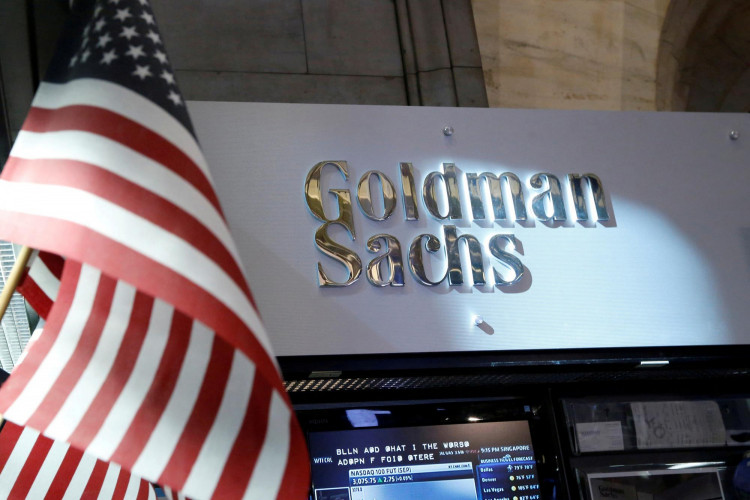Goldman Sachs has adjusted its outlook on the U.S. economy, reducing the probability of a recession over the next 12 months to 20% from a previously elevated 25%. This change comes on the heels of encouraging data from the labor market and stronger-than-expected retail sales, signaling that the economic downturn many had feared may not be as imminent as previously thought.
Earlier this month, Goldman Sachs had increased the likelihood of a recession from 15% to 25%, following the release of the U.S. July jobs report. The report, which showed nonfarm payrolls growing by a modest 114,000, significantly below both the revised June figure of 179,000 and the Dow Jones estimate of 185,000, sparked concerns across the market. These concerns were amplified when the "Sahm rule," a recession indicator that triggers when the three-month moving average of the unemployment rate rises at least half a percentage point above its 12-month low, suggested the early stages of a recession might be underway.
However, the mood has shifted since then. Data released after August 2 has provided no clear signs of an impending recession, according to Goldman Sachs' chief U.S. economist Jan Hatzius. Retail sales for July increased by 1%, far outpacing the 0.3% estimate, and weekly unemployment benefit claims were lower than expected, all of which contributed to a reassessment of the economic outlook.
"Continued expansion would make the U.S. look more similar to other G10 economies, where the Sahm rule has held less than 70% of the time," Hatzius noted in a research note on Saturday. He highlighted that other advanced economies, such as Canada, have experienced significant increases in unemployment rates without sliding into recession, suggesting that the U.S. could follow a similar trajectory.
The positive economic data has not only eased fears of a recession but also buoyed global stock markets, which saw a rally late last week. The improved outlook is reflected in market expectations, with investors now fully pricing in a 25-basis-point interest rate cut by the Federal Reserve at its upcoming September meeting. However, the probability of a more aggressive 50-basis-point cut has decreased to just 28.5%, according to the CME FedWatch tool.
Rashmi Garg, senior portfolio manager at Al Dhabi Capital, echoed this sentiment, telling CNBC's "Capital Connection" that she expects a 25-basis-point cut in September, unless the September 6 jobs report reveals a significant deterioration in the labor market.
Goldman Sachs has indicated that if the August jobs report, due shortly after the Labor Day weekend, shows a "reasonably good" outcome, the firm may further lower its recession probability back to 15%. This would align with the level it maintained for nearly a year before the August spike in concerns.
The recent data has also impacted perceptions of the Federal Reserve's next moves. While Goldman Sachs continues to expect a 25-basis-point cut, Hatzius did not entirely rule out the possibility of a 50-basis-point reduction if the forthcoming jobs report disappoints.
Claudia Sahm, the economist behind the Sahm rule, also weighed in on the current economic climate. In a recent interview with CNBC, Sahm expressed skepticism about the U.S. currently being in a recession but cautioned that further weakening in the labor market could push the economy into one.






